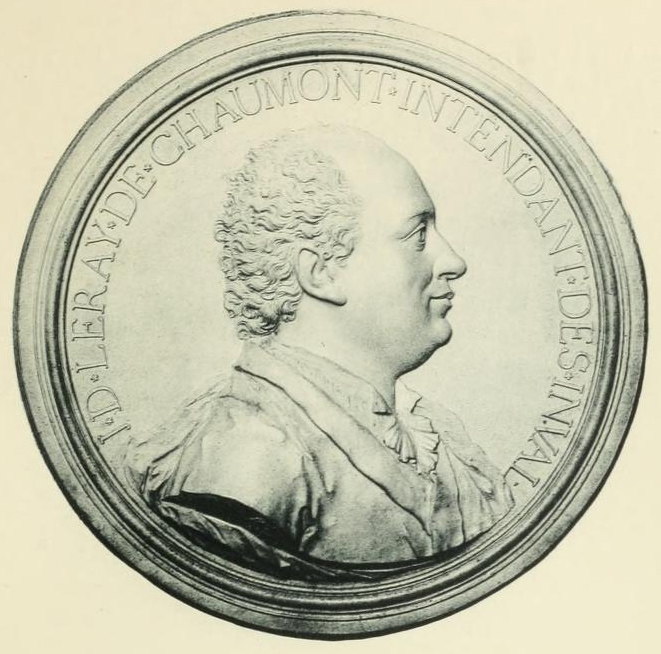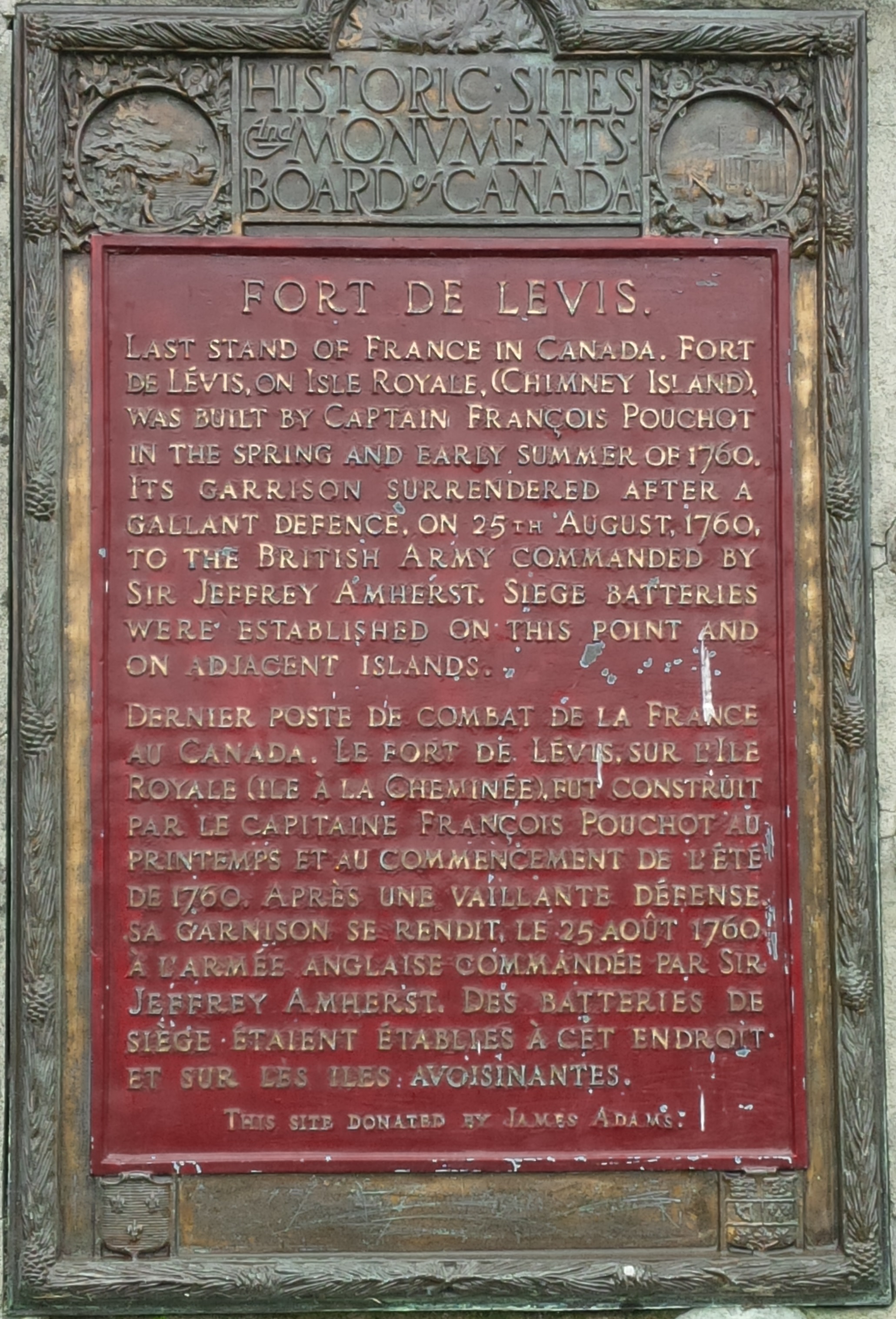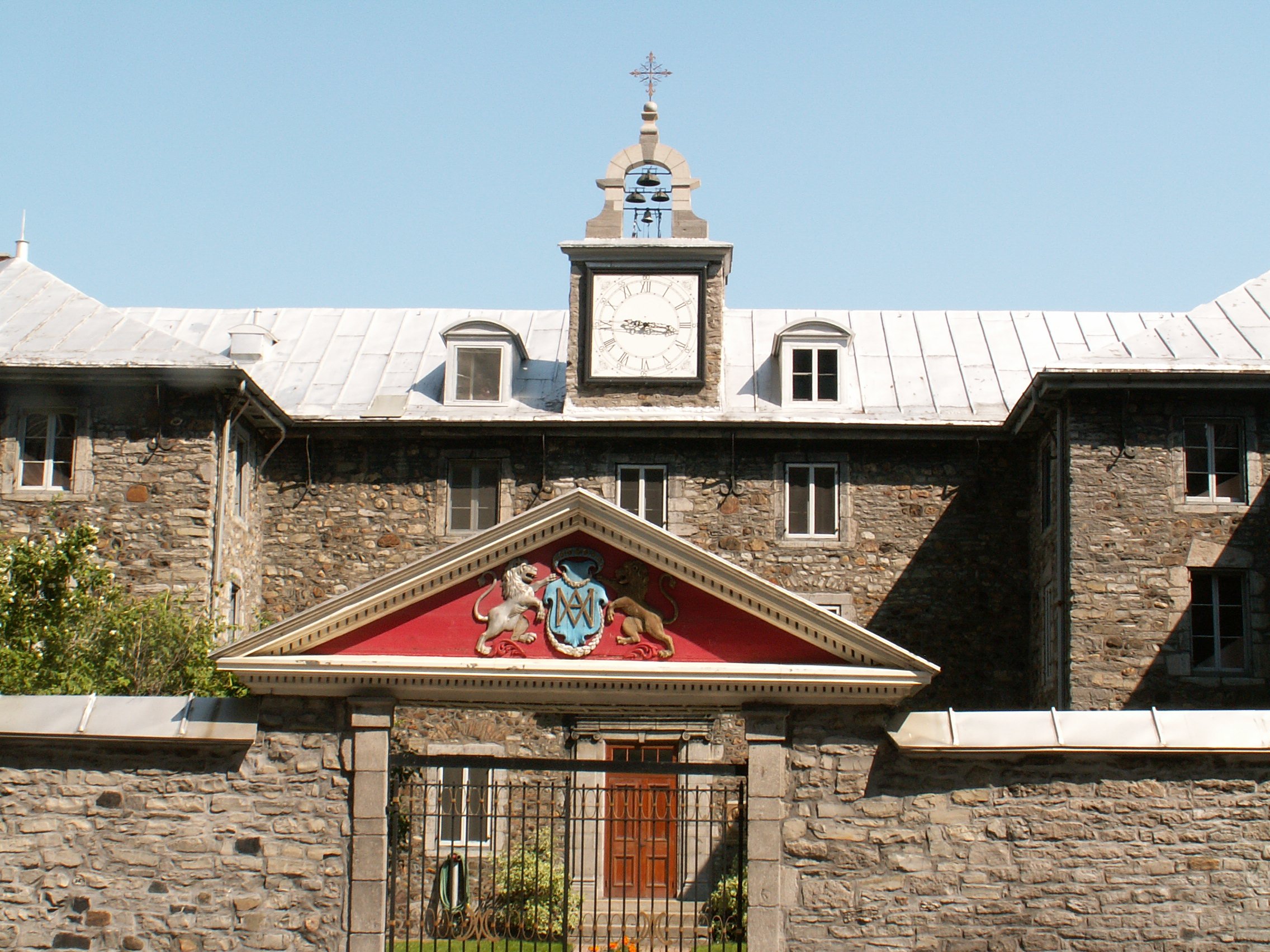|
Roman Catholic Diocese Of Ogdensburg
The Diocese of Ogdensburg ( la, Dioecesis Ogdensburgensis) is a Latin Church ecclesiastical territory or diocese of the Catholic Church in New York. It was founded on February 15, 1872. It comprises the entirety of Clinton, Essex, Franklin, Jefferson, Lewis and St. Lawrence counties and the northern portions of Hamilton and Herkimer counties. On February 23, 2010, the Most Reverend Terry Ronald LaValley was appointed diocesan bishop by Pope Benedict XVI on February 23, 2010, and was installed on April 30, 2010. The Diocese of Ogdensburg is a suffragan diocese in the ecclesiastical province of the Archdiocese of New York. History Beginnings The area covered by the Diocese of Ogdensburg was originally inhabited by the Iroquois. The 1600s saw the arrival of French, Dutch, and English fur-traders. Initially Catholics in the North Country were served by priests from Quebec. In 1749, the Mission of The Holy Trinity was established by Sulpician Abbé François Picquet from Montrea ... [...More Info...] [...Related Items...] OR: [Wikipedia] [Google] [Baidu] |
Clinton County, New York
Clinton County is a county in the north-easternmost corner of the state of New York, in the United States and bordered by the Canadian province of Quebec. As of the 2020 United States Census, the population was 79,843. Its county seat is the city of Plattsburgh. The county lies just south of the border with the Canadian province of Quebec and to the west of the State of Vermont. The county is named for George Clinton, the first Governor of New York, who later was elected as Vice President. He had been a Founding Father who represented New York in the Continental Congress. Clinton County comprises the Plattsburgh, New York Micropolitan statistical area. History When counties were established in New York State in 1683, the present Clinton County was part of Albany County. This was an enormous county, including the northern part of New York State as well as all of the present state of Vermont and, in theory, extending westward to the Pacific Ocean. This county was reduced in ... [...More Info...] [...Related Items...] OR: [Wikipedia] [Google] [Baidu] |
Suffragan Diocese
A suffragan diocese is one of the dioceses other than the metropolitan archdiocese that constitute an ecclesiastical province. It exists in some Christian denominations, in particular the Catholic Church, the Coptic Orthodox Church of Alexandria, and the Romanian Orthodox Church. In the Catholic Church, although such a diocese is governed by its own bishop or ordinary, who is the suffragan bishop, the metropolitan archbishop has in its regard certain rights and duties of oversight. He has no power of governance within a suffragan diocese, but has some limited rights and duties to intervene in cases of neglect by the authorities of the diocese itself. See also * Suffragan bishop * Suffragan Bishop in Europe (a title in the Church of England) * List of Roman Catholic archdioceses (by country and continent) * List of Roman Catholic dioceses (alphabetical) (including archdioceses) * List of Roman Catholic dioceses (structured view) As of October 5, 2021, the Catholic Church ... [...More Info...] [...Related Items...] OR: [Wikipedia] [Google] [Baidu] |
Minerva, New York
Minerva is a town in Essex County, New York, United States. The population was 809 at the 2010 census. The town is named after Minerva, the Roman goddess of wisdom. The town is located in the southwestern corner of the county. By road, it is north-northwest of Queensbury, southwest of Burlington, Vermont, south of Plattsburgh, north of Albany, and south of Montreal, Quebec. History The town was first settled around 1804 in the southeast part of Minerva, which has remained the center of the town's population. The town was formed from part of the Town of Schroon in 1817. Part of Minerva was part of the Town of Newcomb until 1828. In 1870, Minerva was increased with territory taken from the Town of Schroon. Notable people *American Revolutionary War soldier Ebenezer West and his five sons founded the town. *Solomon Northup (1808 – c. 1863), a free-born African-American kidnapped and sold into slavery for 12 years before regaining his freedom, was born here and attended ... [...More Info...] [...Related Items...] OR: [Wikipedia] [Google] [Baidu] |
Jacques-Donatien Le Ray De Chaumont
Jacques-Donatien Le Ray de Chaumont (1 September 1726 – 22 February 1803) was a French "Father of the American Revolution", but later an opponent of the French Revolution. His son of the same name, known also in America as James Le Ray, eventually became a United States citizen and settled in Le Ray, New York USA. American Revolution Le Ray de Chaumont served King Louis XVI at the Court at Versailles as the Governor of Les Invalides in Paris and the Grand Master of Waters and Lands of Blois. Following the Declaration of Independence from Great Britain, by the American colonies on 4 July 1776, emissaries were dispatched to France by the new United States revolutionary government to seek assistance from the French king. Although anxious to see Great Britain weakened, Louis XVI had to walk a political tightrope. He understood that support for the rebellion in America was a contradiction of France's global colonization policies and could spark a revolt in any number of France ... [...More Info...] [...Related Items...] OR: [Wikipedia] [Google] [Baidu] |
Roman Catholic Archdiocese Of Baltimore
The Metropolitan Archdiocese of Baltimore ( la, link=no, Archidiœcesis Baltimorensis) is the premier (or first) see of the Latin Church of the Catholic Church in the United States. The archdiocese comprises the City of Baltimore and nine of Maryland's 23 counties in the central and western portions of the state: Allegany, Anne Arundel, Baltimore, Carroll, Frederick, Garrett, Harford, Howard, and Washington. The archdiocese is the metropolitan see of the larger regional Ecclesiastical Province of Baltimore. The Archdiocese of Washington was originally part of the Archdiocese of Baltimore. The Archdiocese of Baltimore is the oldest diocese in the United States whose see city was entirely within the nation's boundaries when the United States declared its independence in 1776. The Holy See granted the archbishop of Baltimore the right of precedence in the nation at liturgies, meetings, and Plenary Councils on August 15, 1859. Although the Archdiocese of Baltimore does not ... [...More Info...] [...Related Items...] OR: [Wikipedia] [Google] [Baidu] |
Fort Laprairie
Fort Laprairie was constructed in 1687, and served as a military fort in New France until 1713. The fort was attacked by Major Peter Schuyler on August 11, 1691, but resisted to the invaders. The British and Dutch colonists were commanded by Major Pieter Schuyler. The site where the fort had once stood was designated as a National Historic Site of Canada in 1921. It is now a residential area and park (Place La Mennais) located on rue Émile-Gamelin. A cairn for second battle is located at Chemin de la Bataille Nord and Chemin de Saint Jean See also * Military of New France * List of French forts in North America This is a list of forts in New France built by the French government or French chartered companies in what later became Canada, Saint Pierre and Miquelon, and the United States. They range from large European-type citadels like at Quebec City to ... References {{DEFAULTSORT:Fort Laprairie Military forts in Quebec History of Montérégie La Prairie, Quebec ... [...More Info...] [...Related Items...] OR: [Wikipedia] [Google] [Baidu] |
Coopersville, Clinton County, New York
Coopersville (formerly, Corbeau, Cooperville and Moore's Mills) is a hamlet in Clinton County, New York, United States. Coopersville lies at an elevation of 105 feet (32 m). Most of the first settlers of this area were refugees from Canada who either did not support the British during the American Revolution, or actually took up arms against the British. Many of these had been soldiers in the French army from "The Old French War", (The French and Indian War The French and Indian War (1754–1763) was a theater of the Seven Years' War, which pitted the North American colonies of the British Empire against those of the French, each side being supported by various Native American tribes. At the ...). References * Hamlets in New York (state) Hamlets in Clinton County, New York https://www.google.com/local/place/fid/0x4cca2886870de1f1:0xb869473a1717ffa/photosphere?iu=//geo3.ggpht.com/cbk?panoid%3DRAiOlQ_FLF_n9lJh9Z4XoQ%26output%3Dthumbnail%26cb_client%3Dlu.ga ... [...More Info...] [...Related Items...] OR: [Wikipedia] [Google] [Baidu] |
Fort Lévis
Fort Lévis, a fortification on the St. Lawrence River, was built in 1759 by the French. They had decided that Fort de La Présentation was insufficient to defend their St. Lawrence River colonies against the British. Named for François Gaston de Lévis, Duc de Lévis, the fort was constructed on ''Isle Royale'', downstream from the other fort. The fort surrendered after intense bombardment in August 1760 to the British and was renamed Fort William Augustus. The fort was abandoned in 1766. During the construction of the Saint Lawrence Seaway, the remains of the fort were destroyed and submerged beneath the waters of the river. Background The French began settling the St. Lawrence River and establishing trade routes into the interior of the continent. To secure the areas of French settlement and trade, they began constructing forts along the shores of the waterways of their trade routes, including lakes and rivers. To the south along the St. Lawrence River, Fort de La Présentati ... [...More Info...] [...Related Items...] OR: [Wikipedia] [Google] [Baidu] |
Oswegatchie River
The Oswegatchie River ( moh, Kaniatarahòn:tsi) is a river in northern New York that flows from the Adirondack Mountains north to the Saint Lawrence River. The Oswegatchie River begins at Partlow Lake in Hamilton County, New York. The river continues through Cranberry Lake which was 'doubled in size' through construction of a dam in the late 1860s. The river continues from the dam to Gouverneur, to near Talcville in St. Lawrence County, where it joins the West Branch. Much of it is within Adirondack State Park. The city of Ogdensburg developed at the mouth of the river at its confluence with the St. Lawrence. History The mouth of the Oswegatchie River at the St. Lawrence River, was the site of a Jesuit mission, Fort de La Présentation, founded in 1749. Also a fur trading post, the village had 3,000 Onondaga by the 1750s, most of whom converted to Catholicism. They came to be known as the Oswegatchie; because of their converted status they were considered to be somewha ... [...More Info...] [...Related Items...] OR: [Wikipedia] [Google] [Baidu] |
Fort De La Présentation
The Fort de La Présentation (; "Fort of the Presentation"), a mission fort, was built in 1749 and so named by the French Sulpician priest, Abbé Picquet. It was also sometimes known as Fort La Galette (). It was built at the confluence of the Oswegatchie River and the St Lawrence River in present-day New York. The French wanted to strengthen their alliance with the powerful Iroquois, as well as convert them to Catholicism. With increasing tensions with Great Britain, they were concerned about their thinly populated Canadian colony."History" , Friends of ''Fort de La Présentation'' Website, accessed 2 Feb 2010 By 1755 the settlement included 3,000 residents loyal to France, in part because of the |
François Picquet
François Picquet (; 4 December 1708 – 15 July 1781) was a French Sulpician priest who emigrated to Montreal, Canada, in 1734. Early life Picquet was born in Bourg-en-Bresse, France, on 4 December 1708, the son of André Picquet and Marie-Philippe Berthet. In 1728 he entered the seminary of Lyons, where he was ordained deacon in 1731. At the Saint-Sulpice Seminary (Issy-les-Moulineaux) in Paris, after winning his doctorate at the Sorbonne, he was ordained to the priesthood in 1734, and became a Sulpician.Fournet, Pierre Auguste. "François Picquet." The Catholic Encyclopedia Vol. 12. New York: Robert Appleton Company, 1911. 15 January 2018 Canada Picquet arrived in Montreal in 1734. He served the local parish for five years while studying Indian languages and cus ...[...More Info...] [...Related Items...] OR: [Wikipedia] [Google] [Baidu] |
Society Of Priests Of Saint Sulpice
The Society of Priests of Saint-Sulpice (french: Compagnie des Prêtres de Saint-Sulpice), abbreviated PSS also known as the Sulpicians is a society of apostolic life of Pontifical Right for men, named after the Church of Saint-Sulpice, Paris, where it was founded. The members of the Society add the nominal letters PSS after their names to indicate membership in the Congregation. Typically, priests become members of the Society of the Priests of St. Sulpice only after ordination and some years of pastoral work. The purpose of the society is mainly the education of priests and to some extent parish work. As their main role is the education of those preparing to become priests, Sulpicians place great emphasis on the academic and spiritual formation of their own members, who commit themselves to undergoing lifelong development in these areas. The Society is divided into three provinces, operating in various countries: the Province of France, Canada, and the United States. In Franc ... [...More Info...] [...Related Items...] OR: [Wikipedia] [Google] [Baidu] |

.png)





